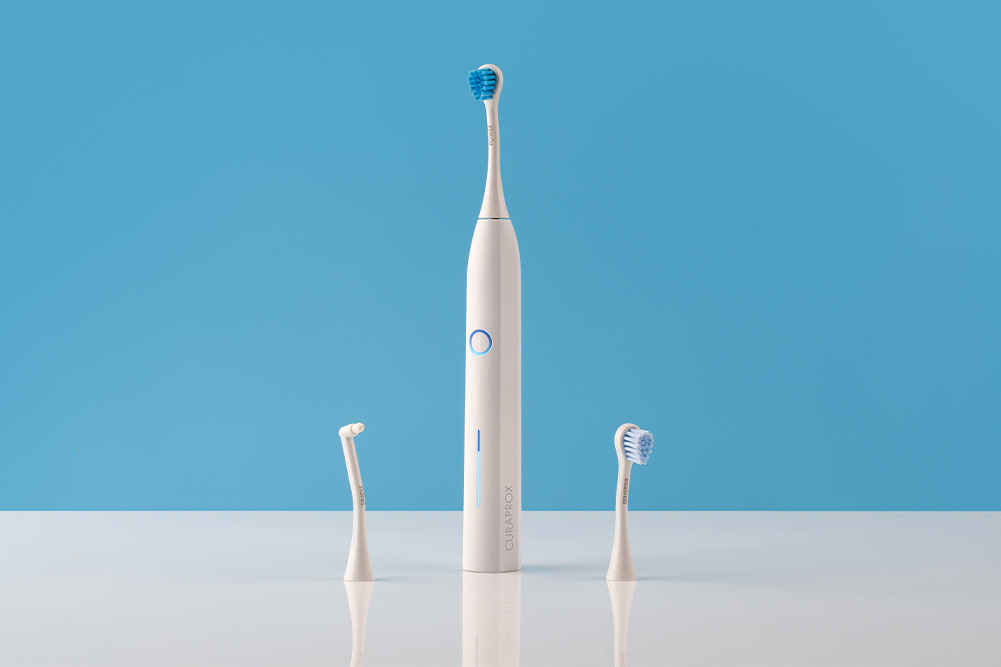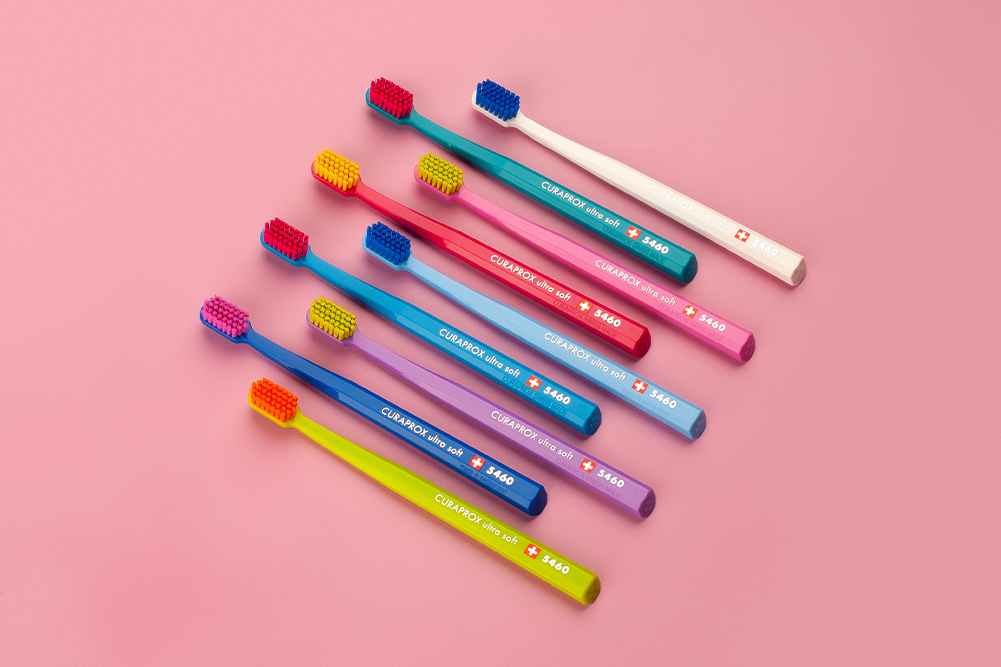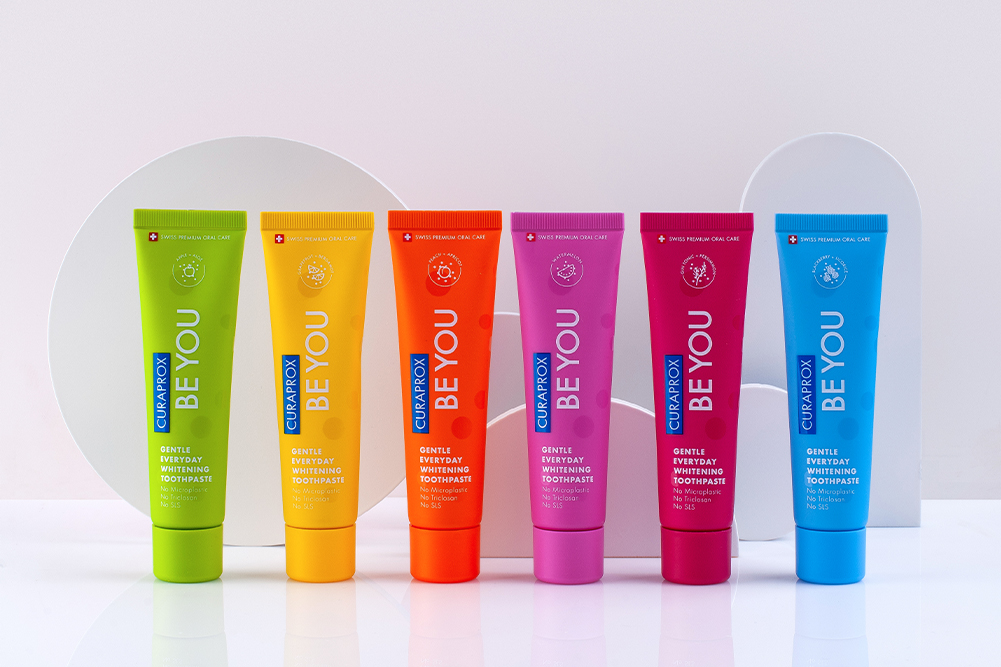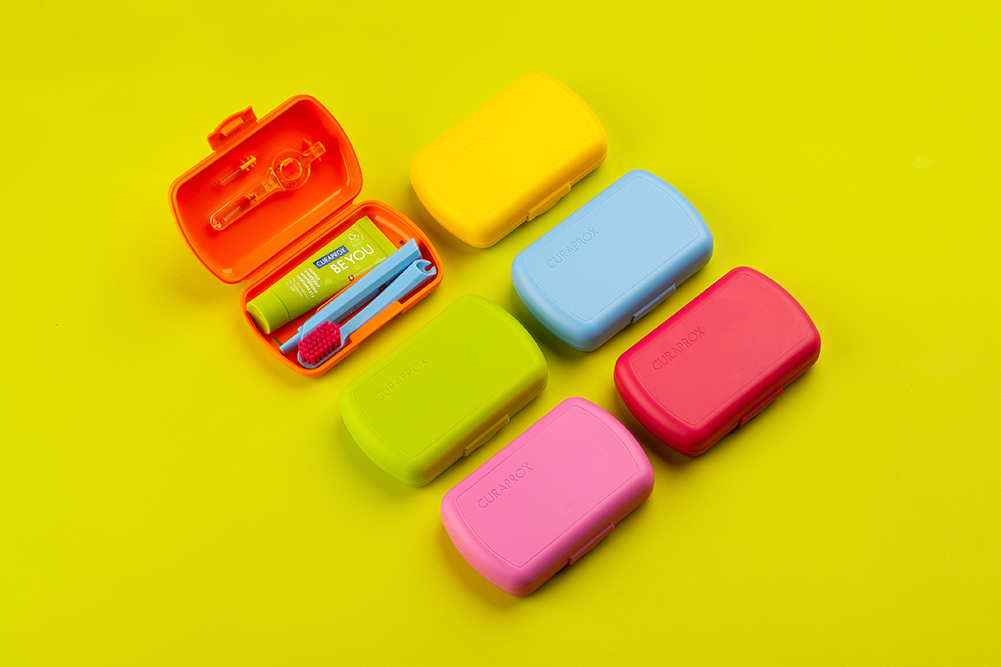The inside-out guide to hair health
So, what’s the secret to making your hair thrive? It’s time to cut to the chase with a holistic approach to haircare.
Your hair is more than simply what adorns your head, it’s the crown that frames your face and reflects your inner vitality. From the bouncy curls that exude vivacity to the sleek strands that convey sophistication, from natural hues to boldly creative colours, your mane serves as an expression of your personal identity. While it’s easy to change your hairstyle in a single visit to the hairdresser, achieving healthy locks requires a more dedicated avenue that takes care of your hair from both the inside and out.
Holistic Haircare
It is true that what is happening on the inside of your body often shows up on the outside. Just as your skin can provide a window into other aspects of your health, your hair can also be seen as a refl ection of your interconnected state of wellbeing. Traditional healing modalities have long honoured this holistic view when it comes to attaining lustrous locks. In the realm of Ayurveda, hair health is revered as a sacred union between body, mind and spirit, and individualised hair regimes emphasise inner harmony through balancing of the doshas. Meanwhile, in Traditional Chinese Medicine, the essence of vibrant hair lies in the harmonious fl ow of qi, the life force that permeates every aspect of existence.
When you begin to understand your hair health holistically, you understand why there’s no quick fi x on the quest for those coveted good hair days. However, the good news is that by looking at your greater lifestyle habits, alongside a more granular exploration of haircare practices, you have a ticket to dream hair land in your hand.
What exactly is hair?
Before diving deeper, let’s look at the makeup of your locks. Hair is primarily composed of a protein called keratin, which forms the structural backbone of each strand. In addition to keratin, hair also contains water, lipids (fats) and pigments (such as melanin, which determines hair colour), along with trace elements such as sulphur and other minerals. The outer layer of the hair shaft, known as the cuticle, consists of overlapping scales that protect the inner layers and help retain moisture. Beneath the cuticle lies the cortex, where most of the keratin protein is found, providing strength and elasticity to the hair. Together, these components create the complex structure of hair.
The role of the scalp
At the heart of every thriving mane lies a healthy scalp — a fertile ground where follicles flourish and strands find their strength. Yet, amid our pursuit of glossy locks, the scalp often remains overlooked as a key component when it comes to your hair’s health.
The scalp serves as the crucial foundation for healthy hair growth and vitality, playing a multifaceted role. Through mechanisms such as blood circulation, sebum production, follicle anchoring, cellular turnover, hormonal regulation, immune defence and environmental protection, the scalp orchestrates a dynamic ecosystem that supports the entire hair-growth process. Adequate blood fl ow delivers essential nutrients and oxygen to the follicles, while sebum moisturises and protects the scalp and hair shafts. Hair follicles are securely anchored within the scalp, and cellular turnover maintains scalp health and prevents blockages. Hormonal balance and immune defence safeguard against disruptions and infections, while the scalp acts as a barrier against environmental stressors.
Growing recognition of cultivating an environment conducive to hair growth at the base level has beckoned in a growing trend coined the “skinifi cation” of haircare, rethinking the approach where the focus is on nourishing ends and strands to repair existing damage by fl ipping it to be all about the scalp. According to Annabelle Personeni, biochemist and formulator of JSHealth Vitamins Hair, the scalp should be at the forefront of one’s mind when developing products. “Actives that target the scalp microbiome and are geared towards scalp health are key, much like the approach taken with skincare formulas. In this case, the scalp is the skin that the ingredients will support,” she says. Likewise, looking at inner nourishment that supports holistic wellness should also aim to feed the scalp.
Your inside-out haircare cheat sheet?
Ready to rewrite your mane manifesto? The experts have weighed in to provide these key lifestyle practices to support healthy, vital hair and scalp from within and without.
Haircare from the inside
Consider your gut health
The gut/skin connection is often discussed when it comes to links between internal wellness and the beauty world, however how about the relationship between the digestive system and your hair? “There is no element of human health that the gut and microbiome do not infl uence,” says clinical nutritionist Sarah Newland. “All the nutrients we intake through diet are absorbed and assimilated in the gut. When gut health is impaired, nutrient status is aff ected, which leads to less vital scalp and hair follicle health,” she explains. It also comes as no surprise that when the gut is infl amed or compromised, the body will prioritise nutrients from food to be used for gut healing, rather than sending them off to your hair. “If you’re having concerns with the health of your scalp and hair, your gut’s state of wellbeing is a good place to begin.”
Nourish with nutritious foods Another focus of your holistic hair health protocol should be a consistently nutrient-rich diet. According to Newland, this means avoiding or limiting processed items that can be infl ammatory, while loading your plate with wholefoods that provide the key building blocks to target scalp and hair health with plenty of quality protein, healthy fats and antioxidants. Top recommendations include:
Fatty fish/sea plants: Omega-3 fatty acids are found in concentrated amounts in fatty fi sh such as wild salmon and sardines. Seaweed or algae provide a plant-based source of omega-3 fats, but in smaller amounts.
Eggs: The humble egg provides a good source of protein and biotin (which helps create keratin).
Avocados: These are rich in vitamin E, folate and other minerals that reduce hair fall.
Red meat: Bioavailable proteins and iron in red meat are unmatched, carrying nutrients and oxygen to hair follicles.
Bone broth: Collagen and gelatin found readily in bone broths support nutrient absorption and hair health.
Plant-based protein options: For plant-based eaters, focusing on a wide variety of soaked and sprouted legumes, seeds and nuts can help support hair growth and health.
Vitamin C-rich foods: Think kiwis and citrus to support iron utilisation and reduce hair fall, while also supporting the body in building collagen.
Use supplementation for additional support.
While all supplements are best used to supplement nutrient intake from food, not as a replacement, they do provide more therapeutic doses of nutrients, which may be hard to obtain from diet alone, so using them as targeted support for your hair’s vitality can have an important role. “Stress, gut health and dietary factors can mean nutrient intake can be insuffi cient or extra support is needed, which is when you can opt for a top-quality multi-vitamin that contains activated B vitamins (including biotin), zinc, selenium and fat-soluble vitamins. Additionally, a good collagen powder,” advises Newland.
When it comes to the science, certain varieties of kelp, yielding a rich source of iodine and containing a polysaccharide that has been shown to be connected to scalp health, called fucoidan, have been shown to support hair health, growth, strength and thickness when taken as supplements so are good to consider in your own ingestible haircare routine.
Haircare from the outside
Once you’ve got the long and short of it when it comes to inner haircare, it’s time to turn your focus to external factors, such as your topical products and lifestyle habits.
According to Jaye Edwards, hair expert and founder of EdwardsAndCo Hair Salons, keeping your hair healthy from the outside comes down to some simple practices such as investing in high-quality haircare products, introducing a weekend restorative treatment, minimising heat styling and going to the salon for regular trims.
Topical haircare ingredients
Double up on scalp and hair nutrition by nourishing both topically, as well as from foods and ingestible supplements. “Seek out salon-worthy formulas that contain ingredients such as vitamins A, B, C and E, coconut oil, shea butter, keratin, protein and natural plant extracts,” recommends Edwards. And what to skip? “Avoid harsh chemicals and low-quality products, your hair is worth investing in if you’re serious about its long-term vitality.”
At the hairdressers
While strong chemicals are out overall, you don’t have to sacrifice your preferred hair aesthetic, you just need to be clever about how you achieve the overall look. “If you colour your hair, try to minimise your lightening services and explore the concept of future-proof colours,” suggests Edwards. And stay on top of routine cuts, even if it’s just to take the ends off . “This will depend on the texture of your hair but, as a general rule, you should be getting a haircut every three to six months. If you’re not sure, you can ask your hairstylist how frequently you should be heading back in for a trim.
Know your hair (and scalp type)
Choosing products that are suitable for your hair type is important. “If you have fine hair, look for a shampoo and conditioner that strengthens hair. If you have thick and frizzy hair, look for products that focus on hydration and smoothing,” says Edwards. “It’s also worth considering the way you are applying your hair formulas,” adds Personeni, who recommends targeting your use of shampoo and conditioner to your scalp and hair type. For example, if you have dry hair but an oily scalp, you may concentrate the shampooing to throots and leave the conditioner on longer at the dryer ends. Conversely, if you have an infl amed, irritated or dry scalp, applying a conditioner with nourishing and soothing ingredients as a scalp mask may be beneficial.
Additional Scalp Care
Incorporating a few extra scalp-loving practices can really give your hair a boost. Try exfoliating regularly to remove buildup, maintain optimal hydration levels and incorporating scalp massages for circulation into your self-care ritual.
Mind the water
Chlorine, salt and low-quality tap water can all damage hair. Make sure you rinse your locks thoroughly, soon after swimming in pools or the ocean. “Hard” tap water refers to water that contains high levels of dissolved minerals, primarily calcium and magnesium ions, which can build up in the hair causing dullness and hair prone to breakage. If this is the case for your area, you may like to consider a filter shower head.
Stress Management
Zooming back out to the holistic viewpoint, stress can signifi cantly impact your health in all regards. Like delicate strands caught in a whirlwind, a chronic state of stress disrupts the hair-growth cycle, leading to premature shedding and thinning of the hair. Additionally, stress can cause hormonal imbalances, such as elevated cortisol levels, which further contribute to hair loss. It’s essential to manage stress through relaxation techniques such as yoga, time in nature, journaling and meditation (and seek support from loved ones and professionals in times of need) to maintain the vitality of your hair.
To goof hair days ahead
At the end of the (good hair) day, it’s all about knowing your nutrients, prioritising self (and scalp) care and stressing less for overall wellbeing and hair confidence. That’s holistic hair health, inside-out.








